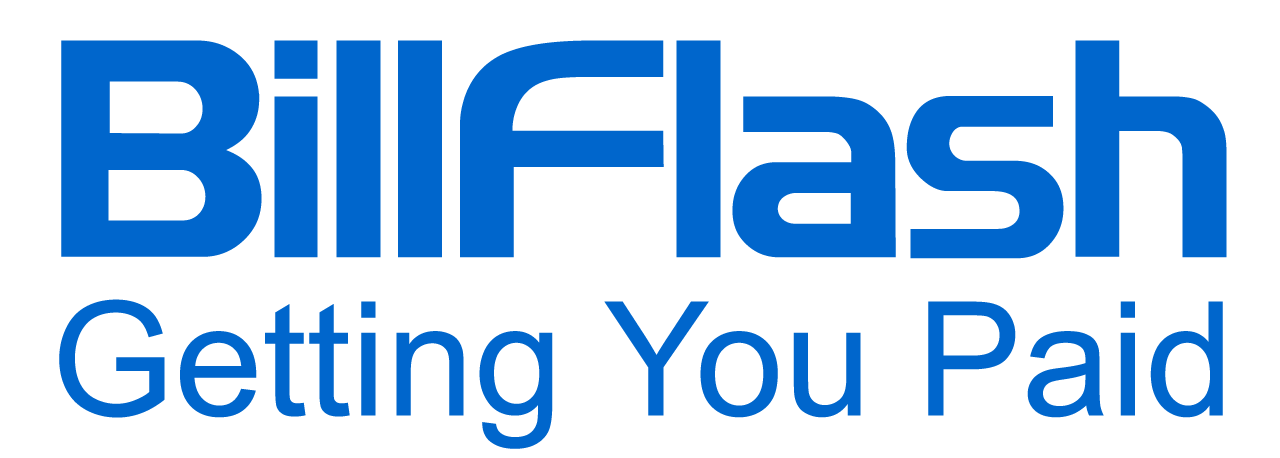The future possibilities and benefits of Health Information Exchange are exciting. Read on as we discuss why it matters to your practice.
The landscape of healthcare is undergoing a significant transformation. As we move further away from the traditional fee-for-service models, where providers are paid for each service, we are embracing a new model — value-based care. With value-based care, the emphasis is on the quality of care provided, with providers being reimbursed based on patient outcomes. So, in this context, the availability and exchange of patient information becomes even more critical. Health Information Exchange (HIE) systems, which allow secure, electronic sharing of patient medical information among healthcare providers, play a key role.
HIE platforms compile data from various sources into one accessible set of information containing medications, diagnoses, lab work, procedures, and more. These platforms allow for better coordination of care, one of the key aspects of value-based care.
As medical practices strive to coordinate treatment, minimize fragmented care, and manage populations more strategically, HIE adoption is growing significantly. Interoperability and comprehensive data offer tremendous benefits for higher quality, informed treatment decisions, as well as strategic care management.
The Basics of Health Information Exchange
Health Information Exchange consolidates data from the different providers involved in a patient's care (e.x. hospitals, labs, specialists) into one accessible platform. It operates on the principle of interoperability. This means that different healthcare information systems, software applications, and networks can communicate with each other to exchange and use patient information.
The operation of an HIE involves several key components and stakeholders. The key components include the health information organization (HIO) that oversees the exchange networks by coordinating stakeholders like hospitals, clinics, pharmacies, and health plans participating in consolidated data sharing.
Each stakeholder has a unique and crucial role in ensuring the HIE works as intended. The data exchanged in an HIE generally includes patient demographics, medical history, lab results, medication lists, and more. Healthcare providers need this data to make educated decisions about patient care, and for patients to manage their own health.
Benefits of Health Information Exchange for Your Practice

Many healthcare providers once imagined having a practice where all the patient information they needed was readily available. That's the advantage of Health Information Exchange (HIE); it allows everyone to be on the same page when it comes to a patient's care.
Improved Patient Care
With HIEs, physicians attain quick access to necessary medical history from referring providers to deliver the best treatment plans. This direct access to patient data can significantly improve the decision-making process, leading to diagnoses that are more accurate and treatments that are more effective.
Chronic disease management often involves a team of healthcare providers from different specialties. Chronic disease management can be improved by sharing data across these medical teams. Health Information Exchange can also improve preventive care. By having access to a patient's full health history—including previous screenings and tests—healthcare providers can better identify patients who are at risk of certain conditions and give them the care they need. The goal is to have better health outcomes and reduce costs by preventing or delaying the onset of chronic diseases.
Enhanced Care Coordination
Health Information Exchange facilitates greater care coordination by connecting doctors, nurses, and home health services with patient data required for smooth transitions, reducing readmissions. Care team members can mutually view and update records. This is particularly crucial when a patient is discharged from a hospital and transitions to home care or another healthcare facility. Having access to full patient information can significantly reduce readmissions.
Since HIEs help facilitate real-time collaboration, everyone involved in a patient's care can view and update the patient's records simultaneously. This helps to make sure that all care team members have the most current information about the patient's health status, treatments, and care plans. HIEs can also support population health management initiatives by providing healthcare providers and public health authorities with access to large sets of health data.
Increased Efficiency and Productivity
By providing easy access to patient health records across systems, Health Information Exchange reduces repeating tests, saves time spent tracking records, and enhances diagnostic capabilities. The benefits of HIEs extend to patient visits as well. With immediate access to information, healthcare providers can take a detailed history during the first visit. This improves the diagnostic capabilities of healthcare providers.
HIEs can also improve a healthcare practice's workflow. With all patient information available when needed, healthcare providers can spend less time on administrative tasks and more time on patient care. This can lead to improved job satisfaction among healthcare providers and better health outcomes for the patients who are being cared for.
Overcoming Challenges in Implementing HIE

While Health Information Exchange benefits can be significant, there are implementation challenges:
Privacy and Security Concerns. This is addressed through specific measures like consent protocols, access controls, data-sharing agreements, and encryption.
Interoperability Issues. You can reduce these barriers by requiring interoperable EHRs, using standardized data formats, and thorough connection testing during implementation.
Staff Training and Adoption. Education on new workflows and change management planning can facilitate staff adoption.
Practices that address these challenges can realize the full benefits of secure, efficient health information exchange, ultimately improving healthcare.
Case Studies: Successful HIE Implementation in Practices
HIEs have played crucial vaccination roles by monitoring infections, tracking statuses, and identifying unvaccinated patients. This versatility shows the potential of HIEs to address diverse needs and improve outcomes. HIEs also enhance newborn screening programs by enabling timely, secure information exchange for immediate follow-up if potential issues are found. They facilitate ongoing condition monitoring and information access by all providers caring for a child.
Steps to Implement Health Information Exchange in Your Practice
Health Information Exchange can significantly revolutionize your practice, paving the way for enhanced patient care and streamlined operations. Here are just a few steps that can help your practice navigate this process:
Assessing Readiness. The first step is to assess the readiness of your practice for HIE implementation. This involves evaluating your current health IT infrastructure, identifying gaps, and understanding the needs and capabilities of your practice. It's also important to consider the legal and regulatory requirements related to health information exchange in your area.
Choosing the Right HIE Solution. Once you have assessed your readiness, you will need to choose the HIE solution that fits your practice's needs. This involves researching different vendors, understanding what they offer, and considering cost, security features, and the type of support they offer.
Staff Training and Change Management. After choosing the HIE solution that fits your practice, the next step is to train your staff and manage the change that will come with an implementation. This involves educating your medical team about the benefits, training them on how to use the new system, as well as addressing any concerns or opposition they may have.
Future Trends in Health Information Exchange

As technology and healthcare continue to evolve, everything surrounding HIEs will also evolve. Here are some key trends that will shape the future of Health Information Exchange:
Evolving Technologies
The health information technology revolution has significantly changed Health Information Management. EHRs and other technologies like health information exchange, voice recognition software, and patient portals are changing many aspects of health information management. The future of HIEs will continue to support safe and effective care that is increasingly tailored to a patient's health and wellness needs. In addition, AI-based solutions and Machine Learning will also revolutionize the HIE industry in the coming years.
Policy and Regulatory Developments in Health Information Exchange
Changes in consent policies, interoperability requirements, and privacy/security regulations will certainly have a hand in the policy landscape when it comes to HIE. Streamlined consent policies will facilitate appropriate health data exchange and research. Federal rules and incentives will drive higher levels of interoperability between healthcare systems. Strong regulations are in place to make sure patient data confidentiality and security exist.
The Role of HIE in the Future of Healthcare
As healthcare evolves to focus more heavily on value and outcomes, HIE will play an essential role. Public health agencies can leverage clinical data for improved leadership and population health management. Health systems can connect HIE with clinical workflows to foster better quality measurement. HIE also supports key priorities like patient access, coordinated care, research, and clinical trials. While there will certainly be challenges ahead, the future remains bright for health information exchange.
Leverage BillFlash for Practice Improvement
Health information exchange facilitates timely access to patient data that can inform care coordination, reduce duplicated services, enhance patient safety, and lead to better health outcomes.
The future possibilities of HIE are exciting, and a solution like BillFlash can accelerate your practice's capabilities even further. By incorporating a seamless process for billing patients, processing payments, and collecting past-due A/R that integrates with your existing EMR, your staff can be freed to focus on providing exceptional patient care. Check out BillFlash by scheduling a demo today!

